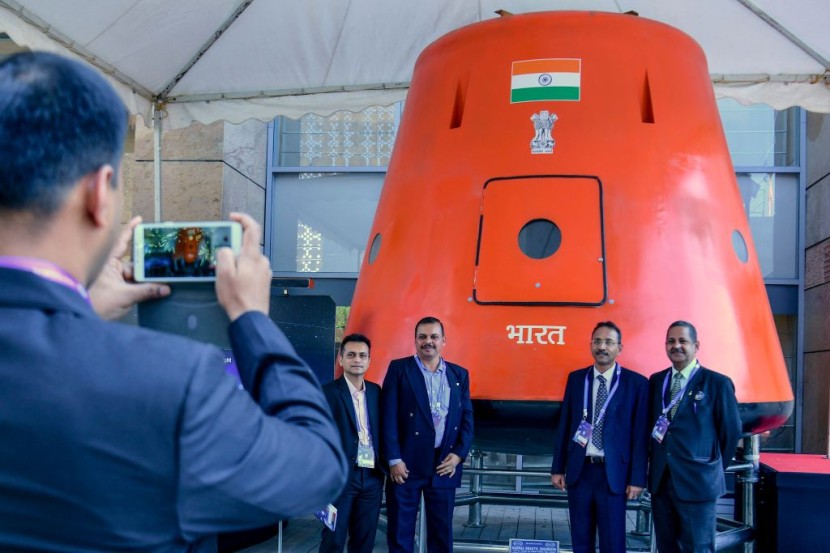
In preparation for its intended mission to launch astronauts into space in 2025, the Indian space research agency is scheduled to conduct the first of several important tests.
On Saturday, the Gaganyaan spacecraft is scheduled to launch from Sriharikota at 08:00 local time (02:30 GMT), according to BBC.
If the rocket malfunctions, the test will show if the crew can safely exit it. If successful, it will open the door for other unmanned missions, such as the launch of a robot into orbit the following year.
Three people will not be launched into low-Earth orbit until all of these experiments have been successfully completed; this will most likely occur in 2025, as the government declared last week.
The Gaganyaan Project
The Gaganyaan project, named after the Sanskrit term for a craft or a transport to the sky, cost 90 billion rupees ($1 billion; £897 million) to create. The plan is to launch the astronauts into a 400 km (248 km) orbit and return them three days later. If it is successful, India will join the US, China, and the Soviet Union as the only other nations to have sent a person into space.
Isro, the Israeli space agency, must first show that a human-carrying spacecraft can safely return to Earth. And that's what Isro's flight on Saturday, dubbed Flight Test Vehicle Abort Mission-1 (or TV-D1), will try to accomplish.
The spacecraft's "crew escape system (CES)" would be tested, according to Isro CEO S Somanath, who called it "a very critical system."
The Isro website states that once the module starts to descend, a number of parachutes will be deployed to aid secure a safe impact in the waters of the Bay of Bengal, around 10 kilometers off the shore of Sriharikota.
The module will be recovered and brought safely back to shore by the Indian navy, which will be waiting at a safe distance with a ship and a team of divers. The "short duration" test will last around nine minutes, according to the space agency.
Isro claims that the ship has been equipped with cameras and devices that will collect data and images that will be useful for further testing and the Gaganyaan's final mission.
Isro As a Humanoid
According to junior minister for science Jitendra Singh, if Saturday's test is successful, Isro will deploy a humanoid - a robot that resembles a person - in an unmanned Gaganyaan spacecraft the following year. The female humanoid, dubbed Vyommitra-the Sanskrit term for "space friend"-was introduced by Isro in 2019.
According to the organization, the selected Indian air force pilots were undergoing "extensive physical exercise tests, lab investigations, radiological tests, clinical tests, and evaluation on various aspects of their psychology." The agency also released images of the pilots with the public.
Isro has shared images of the rocket at the launch site and a diagram that depicts the trajectory of the craft from the launch to the splashdown in the sea in their most recent updates on X (previously Twitter) during the past several days.
Rakesh Sharma, an astronaut from India, was the first to travel to space in 1984, staying there for 21 days and 40 minutes aboard a Russian spacecraft.
However, Isro's scheduled test on Saturday is drawing interest since it will take place not long after the nation achieved history by becoming the first to set foot close to the Moon's south pole on August 23, 2023.
Aditya-L1
Only a few weeks later, India also launched Aditya-L1, its first mission to the Sun for observation. According to India's space agency, it will travel 1.5 million kilometers (932,000 miles) from the Earth, or 1% of the distance between the Earth and the Sun, and will arrive at its designated location in mid-January.
A space station will be established by 2035, and an astronaut would be sent to the Moon by 2040, according to India's announcement earlier this week.
Related article: NASA's Space Launch System: Mega Moon Rocket Hindered by Financial Constraints








